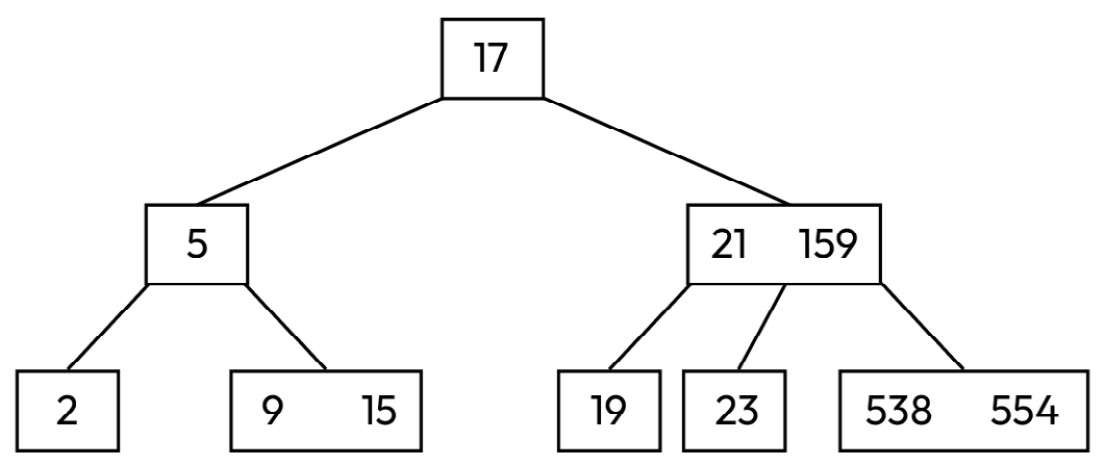Advanced Data Structures
In the previous chapter, we discussed the importance of knowing what data structures and algorithms are and how to use them in everyday problems. In this chapter, we are going to dive even deeper into what data structures there are, some of which you may have never heard about before.
Knowing about basic data structures is one thing but knowing and understanding how some of the advanced data structures work is a goal every programmer should strive to achieve. But what are advanced data structures and how are they considered to be advanced? We talked briefly about trees and graphs in the previous chapter. Even looking back at their names brings thoughts about those data structures being of an advanced type. They sound so serious; they even look like something solid. And to answer the question you may now have: yes, they are considered to be advanced data structures. Should we just say that, for example, trees are advanced data structures and stop at that...


































































